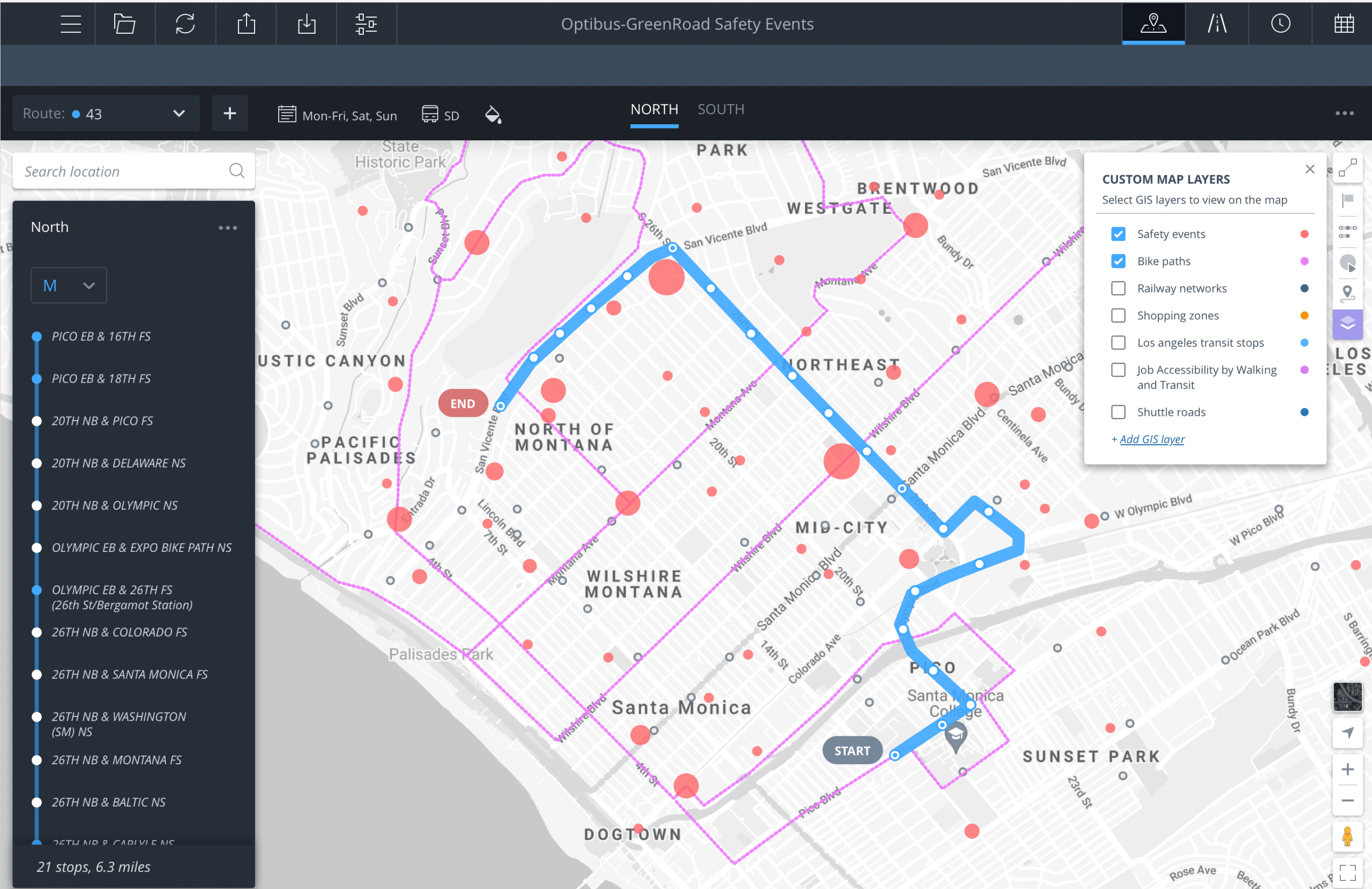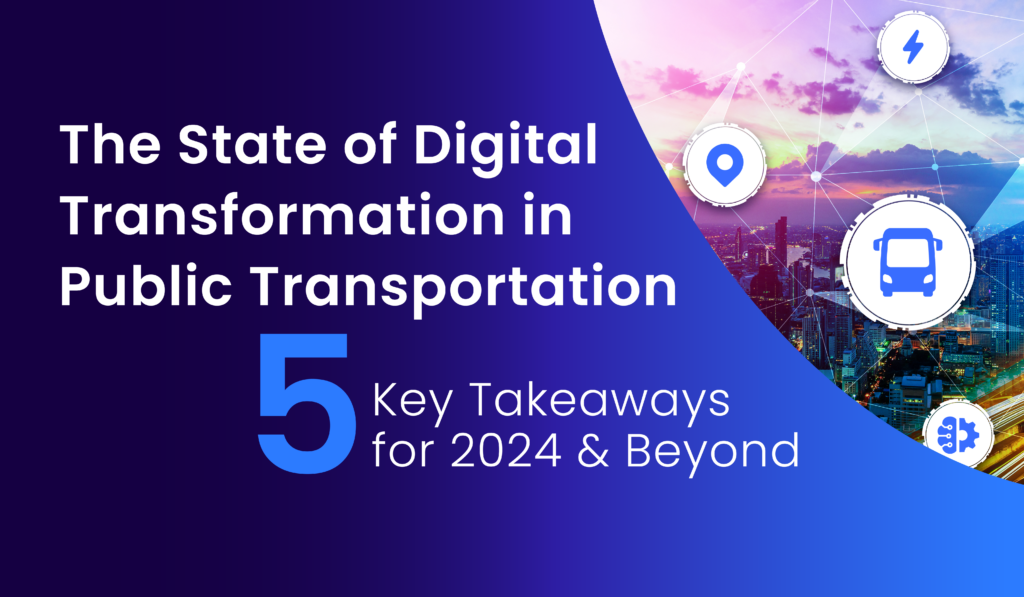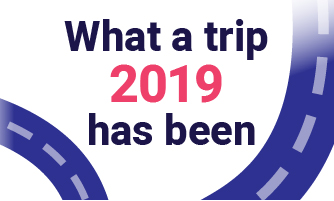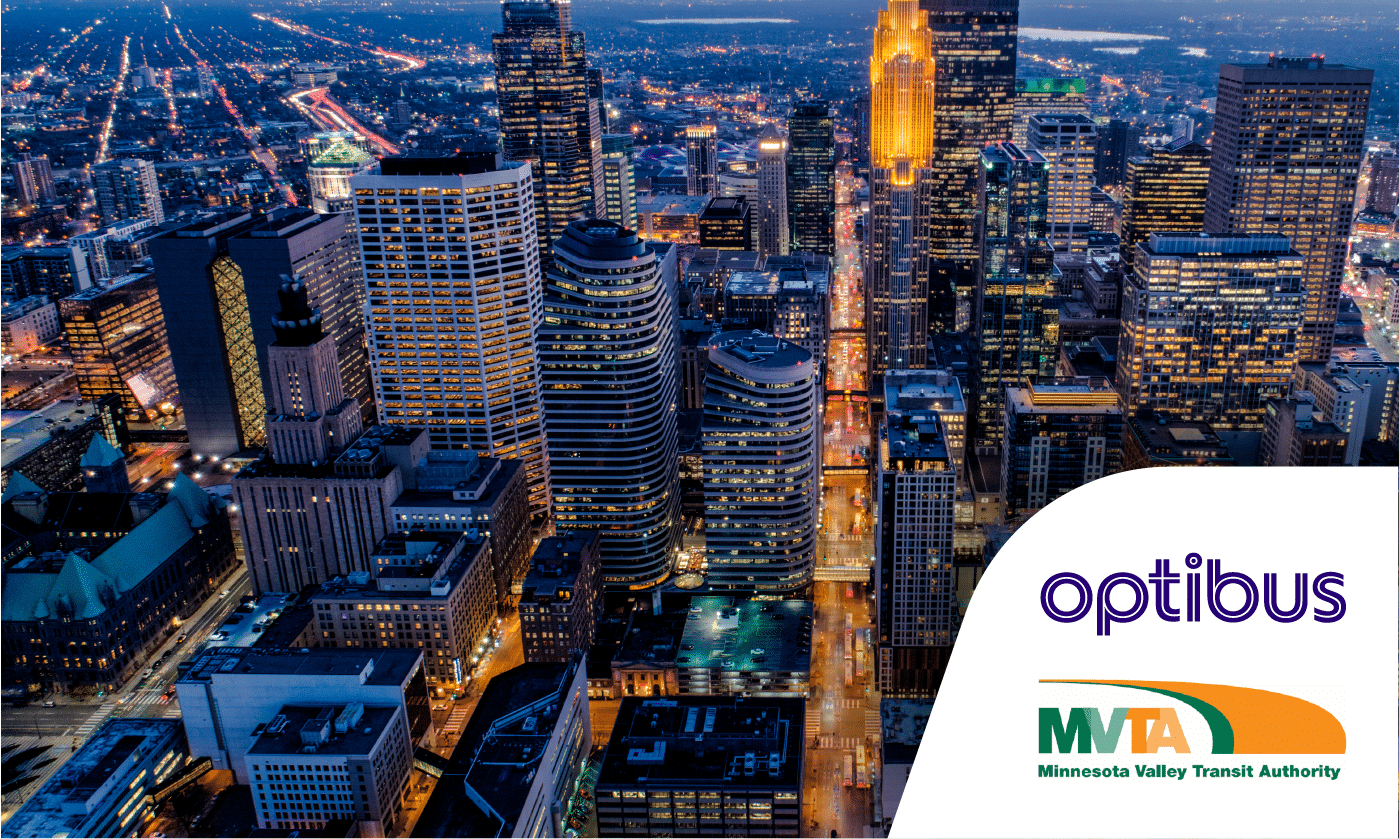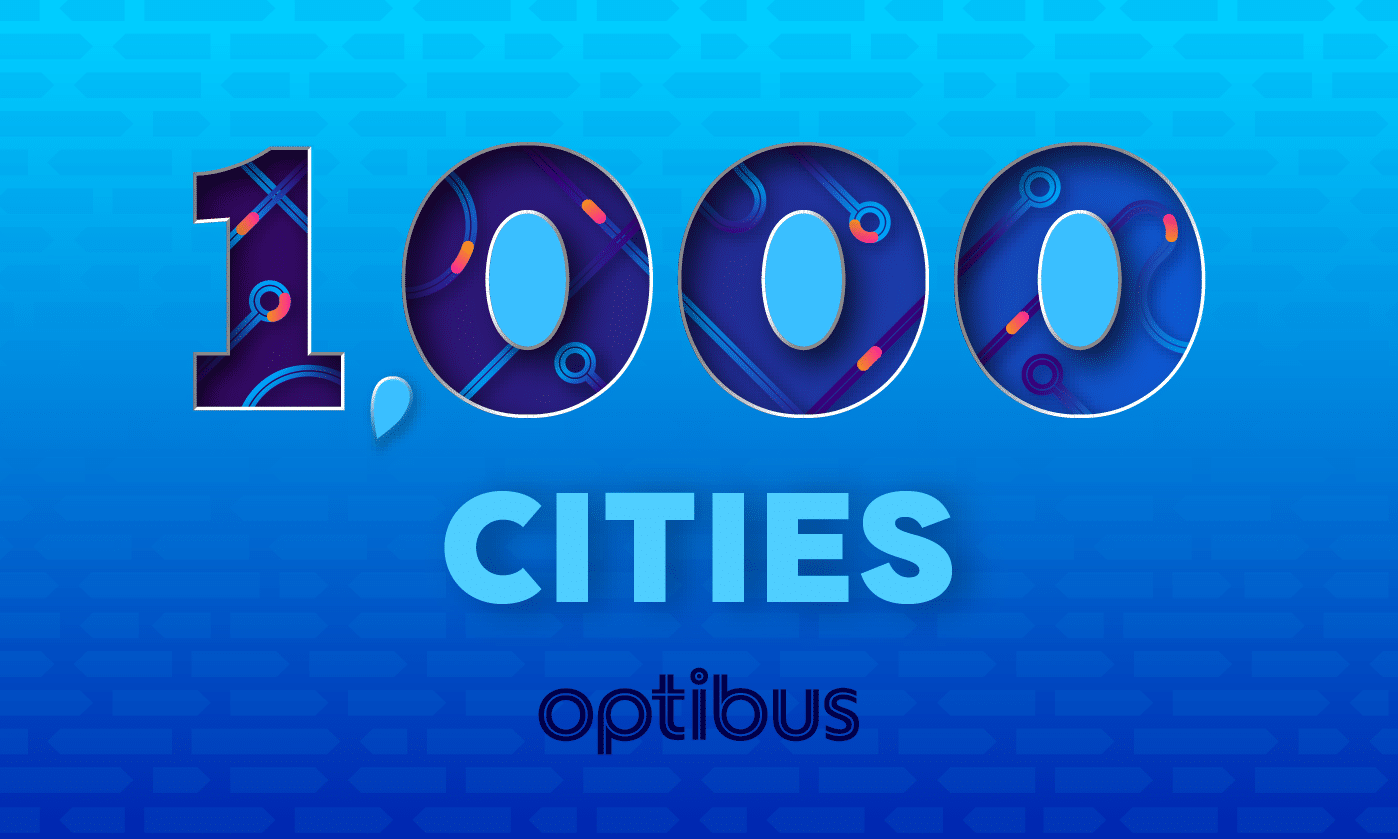While the words “fireproof” and “bulletproof” appear in the Merriam-Webster dictionary, “future-proof” still hasn’t made it to the list of new words in the dictionary.
What exactly is future-proof? Techopedia defines it thus:
“Future proof is a buzzword that describes a product, service or technological system that will not need to be significantly updated as technology advances. In reality, very few things are truly future proof. In any field that depends heavily on technology, a regular cycle of replacing and updating appears to be the norm”.
Others define “future-proof” as anything from “unlikely to become obsolete” to wikipedia’s “minimizing the events of shocks and stresses of future events”. Public transportation today needs all of these definitions as it looks to its future and deliberates how to deal with it. It needs to ensure it isn’t tied to obsolete planning and scheduling systems to run its core operations, but, more importantly, it needs to manage the shock of new mobility and update itself accordingly. The future can’t be foreseen, but you should certainly prepare for it.
In real life, beyond the realm of buzzwords, no one replaces software infrastructure just because the replacement is a “future proof” system. There should always be a business value that’s attached to any software purchasing decision and it should take precedence over other considerations.
What is the business value that’s inherent in replacing the software used for mass transportation operations? I believe that there are three important business drivers:
- The first is that current planning and scheduling systems are rapidly becoming obsolete, especially those that are based on older, non-PC platforms, but also newer systems that weren’t built for the immense processing power that’s in the cloud, or for new algorithms. As systems become obsolete, difficult to use or upgrade, their existence at the crux of mass transportation operations is a business risk that needs to be managed,
- The second reason is that next generation planning and scheduling platforms can radically cut costs, by 3-15%. This is important for mass transportation as it faces consumer and regulatory pressures, as well as the threat of new mobility solutions that undermine it.
- The third reason is that, as mobility solutions are launched and adopted at an ever-increasing rate, being future-proof also means being ready to support novel service models(and data sources) that just aren’t supported by legacy software, preparing public transportation agencies and operators for future competition in the space.
Now, let’s look at the reasons for future proof software from a more technical (yet very important) viewpoint:
- Future proof software in mass transportation needs to be SaaS-based and cloud native (click on the links to learn about each characteristic), mostly because that is where the world is going, with 80% of enterprises shutting down their data centers by 2025 (the data center is dead).
- Future proof software needs to be quick, to be ready for when real time data will be used for mass transportation, perhaps through MaaS platforms, to impact routes in real time.
- Future proof software needs to be ready for a world of data: being able to consume it to make better planning and scheduling decisions, and being able to extract insight and even use it in artificial intelligence applications to improve operations.
- Future proof software needs to enable collaboration – between people in the same agency or operator but also across private and public players, as agencies begin to own the data generated by mass transportation but want to share it with private operators to make their service better.
All in all, older systems in mass transportation are replaced by faster and better next-generation platforms that are cloud-native and designed to support new services, data sources, and integration with other modes of transportation, perhaps through MaaS systems, regardless of whether they can be foreseen, or maybe not.


